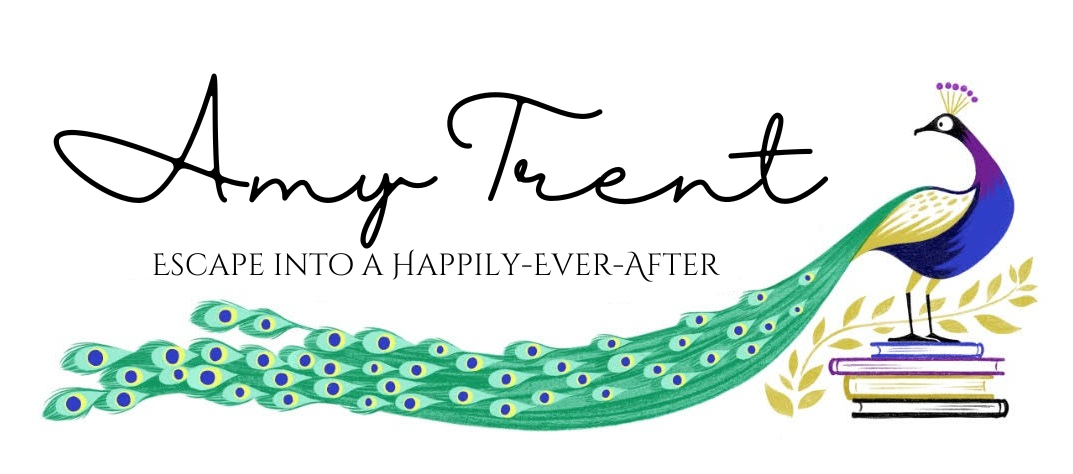Someone asked me the other day what book I’d recommend as essential reading. What book does everyone need to read at least once in his/her/their life? I cycled through my hall of fame reads, wondering if my favorites deserved this status of “essential.” They changed me, but I don’t know if they’d change anyone else.
What is an essential book? A book that is foundational. A books that leads to understanding. A book that gives you a social, cultural, moral, emotional foundation that you can’t get anywhere else.
Fairy Tales.
There is a quote attributed to Albert Einstein, “If you want your children to be intelligent, read them fairy tales. If you want them to be more intelligent, read them more fairy tales.” I know that a lot of people highlight the creativity of fairy tales and hone in on it as being the reason they matter. Obviously, Albert valued creative problem solving, and that’s what fairy tales teach us.
Yes, one-hundred percent. AND fairy tales teach us to explore our values and ask if they are circumstantial. Beauty from “Beauty and the Beast” is beautiful, and this is a good thing. But the wicked stepmother in “Snow White” is also beautiful, and this is a bad thing. Generosity is a good thing when the poor, old soldier from the 12 Dancing Princesses shares his humble meal with a peddler woman at the well. But when Jack from “Jack and the Beanstalk” trades the family cow for a poor man’s last handful of beans, his generosity is seen as foolish. Integrity is paramount for the Miller’s daughter in “Rumpelstiltskin”, but lying is no big deal at all for Puss in Boots and his master. In fact. Being crafty is a good thing in that story. But the princess being equally crafty in the “Frog Prince” not so much. Why?
Life is complex. The social landscape is filled with ambiguity. We at all times have to be aware and reading the room, and adjust based on circumstances. We all have values we hold dear, but those values can easily become vices in the wrong situations.
A good anthology of fairy tales is essential reading. Not only does it give context to so many stories that are still relevant to our culture, but it gives us a safe place to explore our values and how they change based on circumstances.
Even a simple anthology will get you far, especially if you come to it with an open mind, but better still is a fat anthology with hundreds of obscure fairy tales mixed in with the greatest hits. The weird gets mixed in with the whimsical in these more comprehensive anthologies, and this is exactly how I like my fairy tales.
My novella comes out next week, and it is a retelling of a weird, obscure, wild fairy tale, “Diamonds and Toads.” I didn’t know this fairy tale existed until February of this year, and when our paths crossed, my nose wrinkled and lips curled. No wonder this one isn’t popular. Except I did start to wonder. I wondered if maybe the simple dichotomy of kind sister/unkind sister was more complex. What if judgement were passed too quickly on the unkind sister, and she was a heroine, wrongfully cursed? What if indeed.
I don’t want to give anymore away. My dream is that readers go into this story blind, knowing there is a happily- ever- after, but unfamiliar with how it is achieved. I have other writerly dreams. I know lots of writers do. My dreams aren’t rare. But more and more I’m realizing that a certain fictional andriod’s wisdom applies to my writing, “It is the struggle itself that is most important… The effort yields its own rewards.” I suppose another reason fairy tales are valuable is because they capture some of the struggle we all face. And they give us an opportunity to struggle back, to ask questions, to wrestle with our values and realize there is value in this effort.


